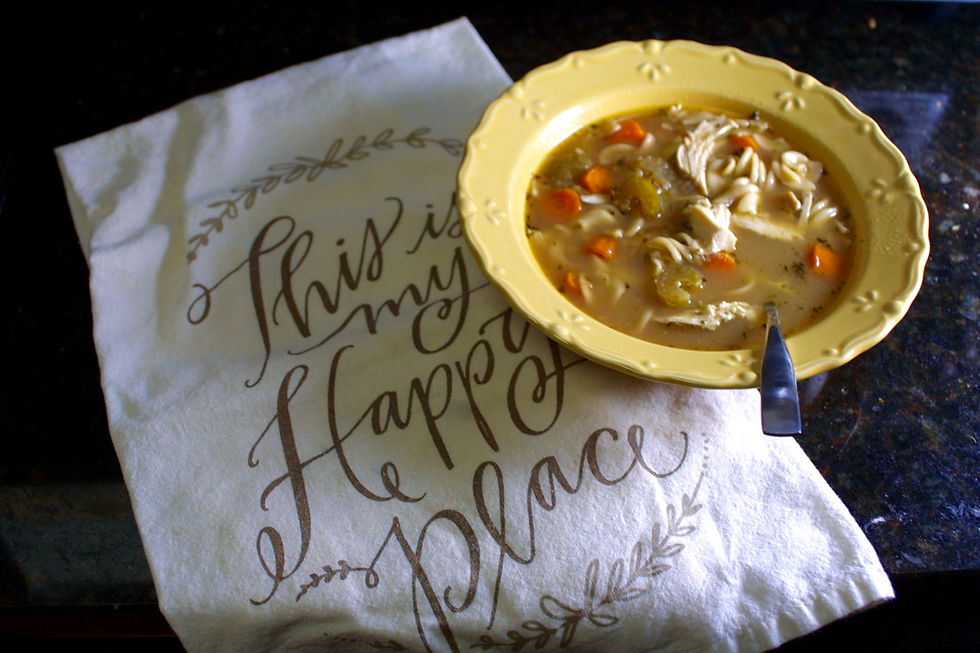
It’s October! What a wonderful month.
The best surprise last week was walking into Trader Joe’s and seeing the newly fall-favorite-stocked shelves: beautiful Delicata squash, deep red pomegranates, red-blushed pears and apples, and, of course, pumpkin everything. Fall brings to mind comfort meals: spoonfuls of creamy risotto; richly spiced baked goods; big bowls of warming soup. Living with a restricted diet can be easier if you cook all the time: I know exactly what I’m getting and can make meals as plain or extravagant as I’d like (and as my stomach allows). However, the opposite is generally not true: cooking is certainly not easier with a restricted diet, and can even be less fun, too.

I’m a huge proponent of enjoying the act of cooking, rather than solely cooking out of necessity. It seems that lately, however, cooking has become just that: fuel for my generally-unhappy stomach. I genuinely hope most of you haven’t experienced this, but even if you have, it’s when I turn to a creative type of cooking I first saw advocated by Food52: Not-recipes.
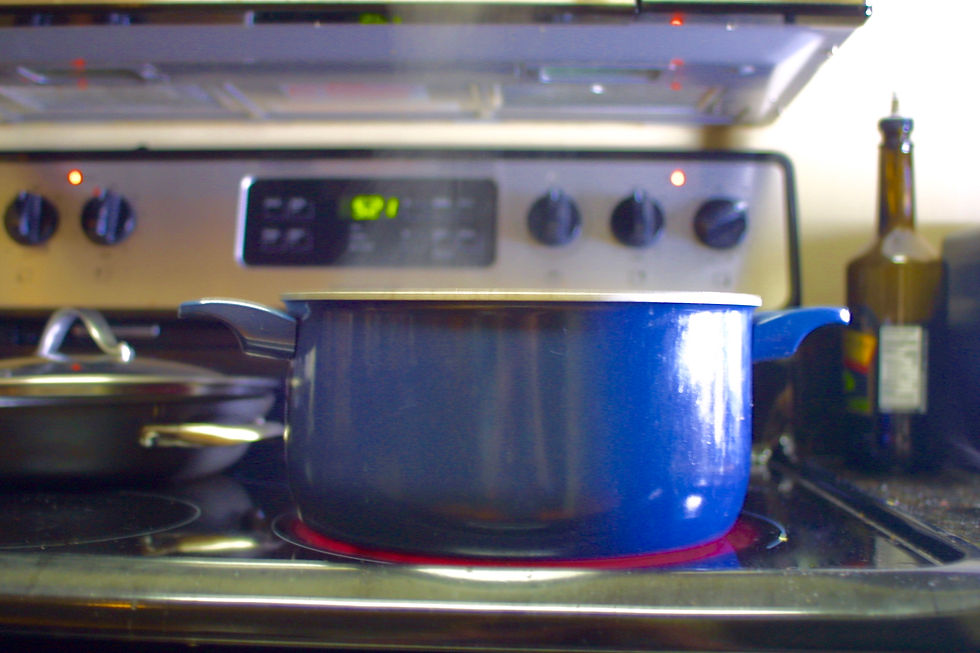
Not-recipes are more like formulas for cooking that can be expanded upon and greatly adapted to whatever you have in your fridge/ whatever you’d like to eat that day (I used the same sort of structure in my post on salad dressings). They help bridge the transition from relying completely on recipes to cooking on one’s own: when I get bored following recipes by rote, I turn to not-recipes, but they still provide at least some of the comfort of having a guide through the process.
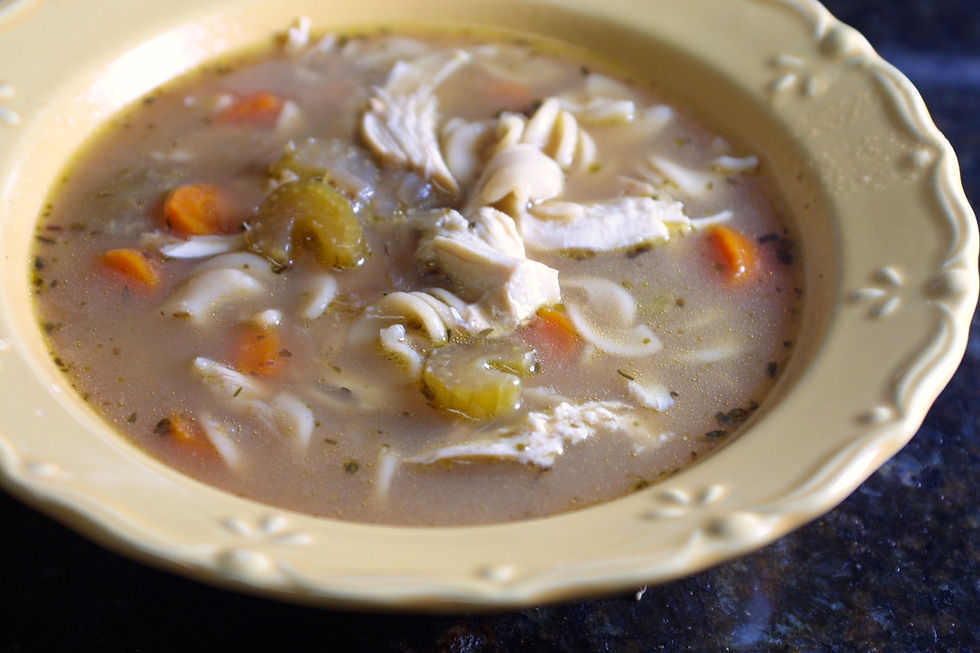
When you don’t always need a recipe, you can cook more freely and more often. Instead of having to go to the store to get ingredients, you can use what you have. Instead of feeling like you have to run back and forth between meticulously reading a piece of paper and the stove, you can relax and enjoy the act of creating a new dish. Having the guided structure of a not-recipe ensures it can’t go terribly wrong. But having the freedom to decide what goes into a dish, using your best culinary judgment, is in my opinion what makes someone a truly superior cook.
Developing this culinary judgment takes time, and sometimes it takes mistakes. It’s helpful to start with combinations of flavors that you know taste good together, and experiment from there. Spices and herbs are like notes on a piano; if you know how to combine them, you can make some pretty beautiful art! Here are some places to get you started:

Some flavorings/spices that pair well together:
Greek: garlic, basil (fresh or dried), oregano (fresh or dried), rosemary, and thyme, sundried tomatoes, pine nuts
Italian: Basil, oregano, rosemary, thyme, sage, garlic, onion, lemon, parmesan, tomatoes
Chili seasoning: chili powder, cumin, coriander, garlic, paprika
Sweet and spicy (goes great on fish): cumin, paprika, oregano, salt, pepper, brown sugar
Cumin, oregano, paprika, salt and pepper make up the blend I use to spice most of my dishes. Oregano goes well with most everything, and I use it the most of any spice.
Turmeric makes things a crazy yellow color and goes good with sweet spices- cinnamon and nutmeg- and cumin and coriander
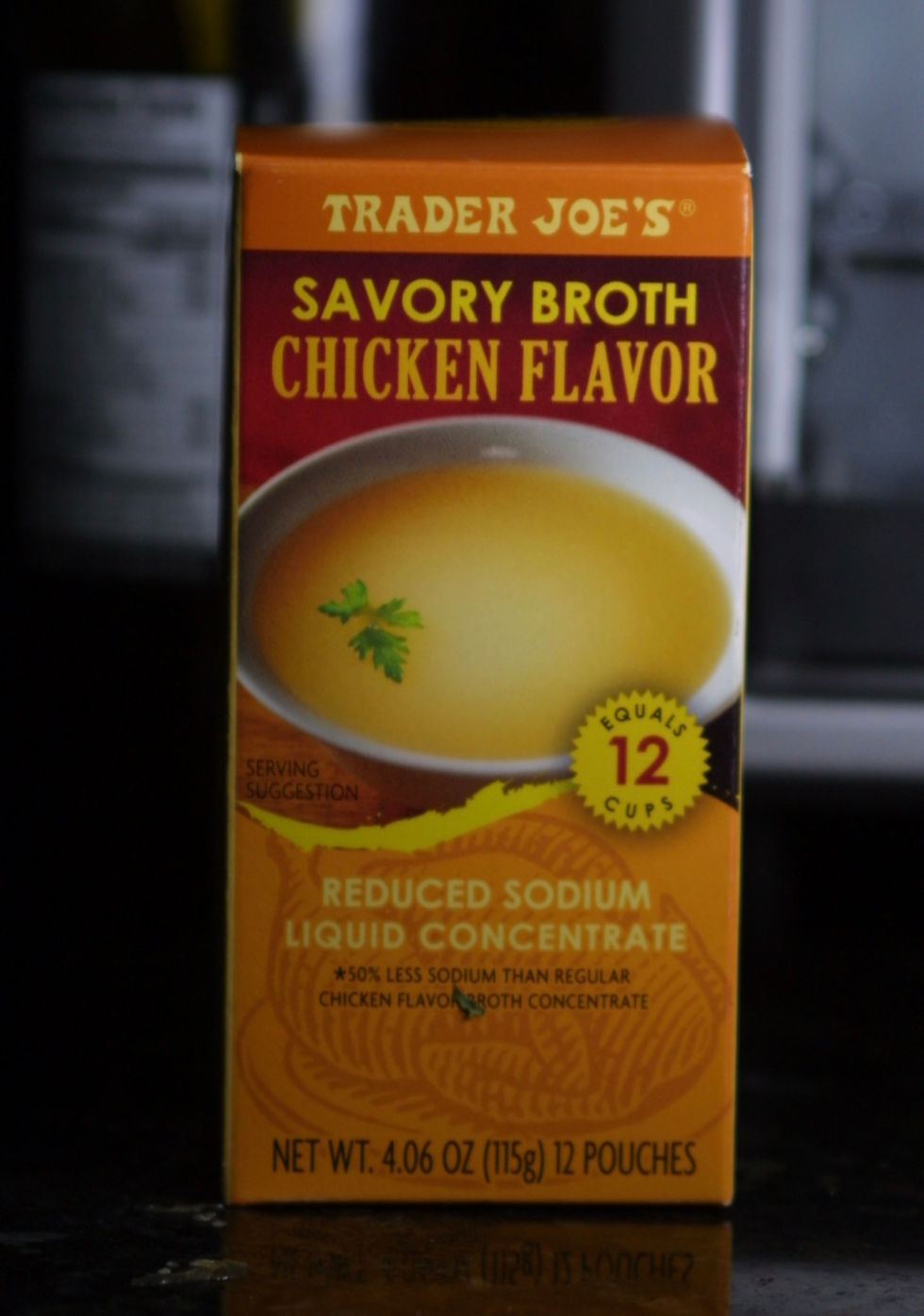
Since it’s now fall and I’ve been getting bored with cooking, I thought I’d share one of my favorite things to use a formulaic not-recipe for: soups. Soups are really pretty easy to make, and require only a few basic components that can be put together in many different ways. I did include a recipe at the end for chicken noodle soup, but feel free to make up your own recipe.

Here is my not-recipe for soup:
Start by sautéing an aromatic base, usually including onions. This is what you’ll first sauté in the pan to start a deep flavor for the broth. A good start is a mix of onions, carrots, celery, like I used in this soup, which is known as Mirepoix because it’s typically the base for French dishes. The Holy Trinity is similar but green bell peppers are swapped for the carrots; its generally used in Cajun/Creole dishes. I like to add garlic at this point as well. If you want a creamier soup in the end, this is a good place to start: add a little flour to the oil/butter to make a roux, which will thicken your soup when you add the broth. You want to add the flour now so that the raw flour flavor cooks out (and you won’t be able to taste it). Also, if you add it into the broth, it’ll clump up, and adding to the oil before the broth ensures that when you add broth it will make the soup creamy, not chunky. Let this mix sauté until all the vegetables are soft.
Now for a little science: you should chop the onions finely and cook them slowly. Courtesy of Buzzfeed: "The more you break down the cell structure of an onion (i.e. chopping them finely vs slicing them), the more you create a substance called propanethial-S-oxide (PSO). You may recognise PSO from such sensations as “these raw onions are burning my tongue” and “these raw onions are making me cry!”.The good news is that if you heat up PSO (by cooking the onions), it converts to a new compound that has a savory, umami taste (the catchily named 3-mercapto-2-methylpentan-1-ol, or MMP). The longer you cook the onions for, the more you’ll convert PSO to MMP, and you’ll have rich, meaty onions."
Also, if you plan on adding any spices (things like cumin and chili powder, not dried herbs), you should add them now. The reason for this is actually the Maillard reaction, a chemical reaction between amino acids and reducing sugars that gives browned foods their desirable flavor. This is what gives seared meat more flavor (hence the step below), as well as breads and baked goods that have a brown crust. The effects of the Maillard reaction also apply to spices, and toasting them can give them a deeper flavor. This works especially well for chilis: before adding any liquid, toast the spices with the aromatics for a couple of minutes.
Add the meat to the pan and let it brown a little (if desired). Turn a few times to brown on all sides. If you’re cooking meat right in the pot, let it brown, then add the broth (next step) and let it simmer for about 20 minutes until the meat is basically cooked through. If the meat is already cooked (for example, sausage; I love the sundried tomato chicken sausage from Trader Joe’s), just throw it in with the broth….
Add some broth: I just used chicken broth for this recipe, and I let it deepen in flavor from cooking chicken (bone in, skin on), right in the broth. Alternatively, you can make broth from scratch beforehand and add it to the soup, but I think it’s easier and quicker to develop a rich broth using the ingredients in the soup. That way you don’t have to strain anything. If you happen to have a whole chicken sitting around, feel free to simmer it with some onions, carrots, garlic, and spices (bay leaves, and maybe some rosemary and thyme) until cooked, and then strain the golden broth from the chicken bones and fat and use that.
Add dried herbs: you really can't go wrong with oregano, and most soups benefit from the woodsy flavor of a few bay leaves (just don't forget to fish them out before serving!). The nice thing about soup is it is pretty foolproof: if you put too many spices/herbs, just add more broth to dilute the flavor a little. And if you don't put enough, you can always add more!
Starch: Chicken noodle soup has to have noodles, of course, but other soups could use rice, quinoa, potatoes, orzo, beans, etc. Let the soup come to a boil and then cook the starch right in the soup for as long as it says on the package. If the starch was beans, let them cook down a little bit to absorb the flavors of the soup (often, soup with beans in is thicker rather than brothy). If necessary, add more liquid. If you’re adding tomatoes, now would be the time as well.
If you want to add greens, do so now! Chop them up finely and add to the pot, then cover and let cook until the greens wilt. Spinach is a good option because it wilts easily and doesn't have a strong taste, but you could also try kale or swiss chard.
Add any final touches and fresh herbs: If you want to swirl in pesto, add some parmesan, or some fresh herbs like parsley or basil, now would be a good time. Continue to let the soup cook on low to let the flavors marry. Taste the soup and add more spice (salt and pepper is always a good bet).
That’s it! Below is a recipe for chicken noodle soup, that was a perfect cure to my food inspiration rut. Whenever I'm feeling uncreative in cooking, it's always nice to go back to basics!
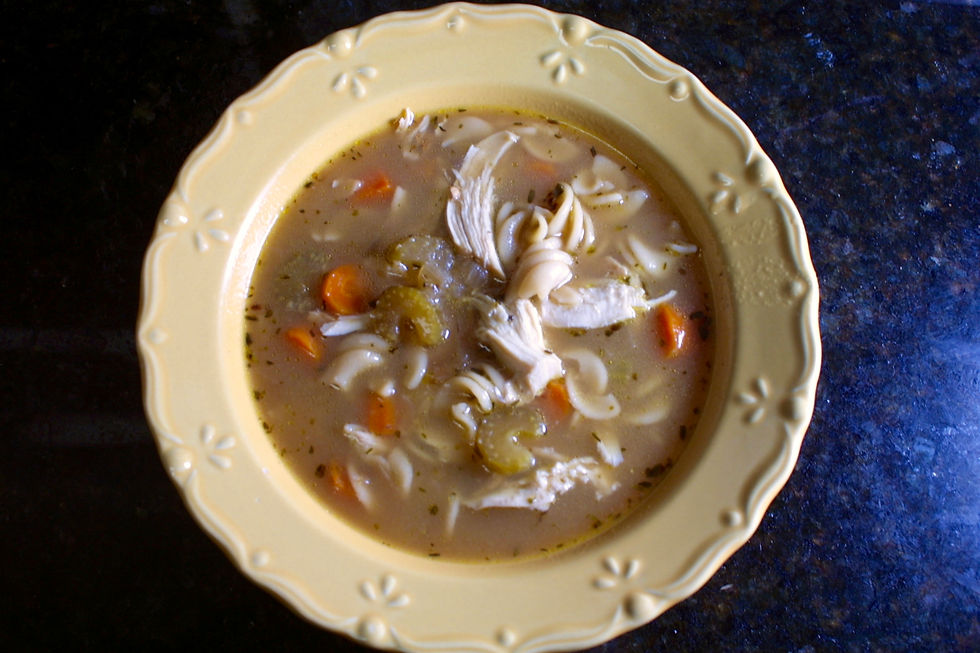
Chicken Noodle Soup
Makes about 10 cups
Ingredients
2 tablespoons olive oil
1 onion, chopped
4 pieces celery, chopped
4 carrots, chopped
2 tablespoons minced garlic (about 3-4 cloves)
2 chicken breasts with ribs, bone in and skin on
12 cups chicken broth
1 teaspoon dried thyme
1/2 teaspoon ground sage
1/2 teaspoon dried rosemary
1/4 teaspoon oregano
3 bay leaves
Salt and pepper to taste*
1/2 pound pasta (I used gluten free rotini, but you can use whatever kind you like best! I think soup is one place 'funny-shaped pasta' can really shine, so it might be fun to try something new!)
Directions
1. Sauté onions, celery, and carrots in olive oil in a pot over medium heat until onions are translucent, about 10 minutes. Add garlic and cook another 2 minutes.
2. Salt and pepper chicken heavily. Add chicken to the pan skin side down and cook for 4-5 minutes until browned, then turn over and brown on the other side. Continue to stir vegetables so they don't burn.
3. Add chicken broth dried herbs and bring to a boil. Let boil, covered, for about 20 minutes, until chicken is cooked through.
4. Add pasta and continue to boil for about 10 minutes (follow the boil time on the package), until pasta is very al dente (it will continue to cook a little from being in the broth). Turn the heat down to low.
5. Remove the chicken and shred it, then add shredded chicken back to the pot. (Remove the skin before shredding the meat).
6. Let simmer until ready to eat, adding more broth if necessary. Taste and add more herbs and salt and pepper as desired.
*I have read in many sources that it is actually best to salt a meal throughout the cooking process, rather than just at one point. Feel free to experiment with that when making a soup. Apparently it gives a depth of flavor to the salt by "cooking it" in different ways for different lengths of time within on dish.


